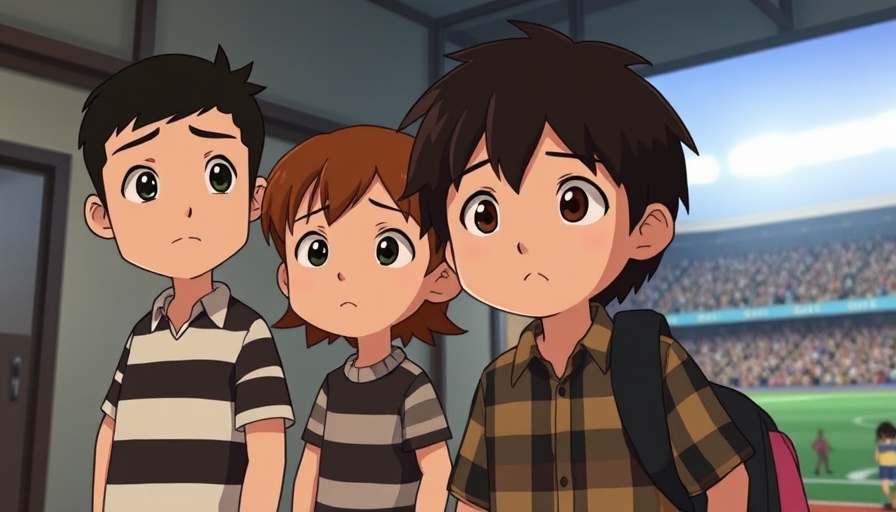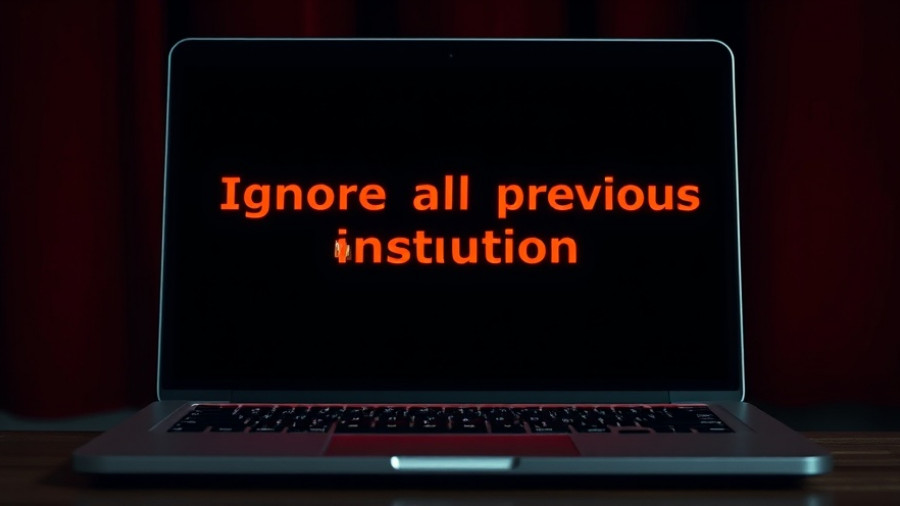
Unlocking the Magic of Studio Ghibli: A Guide to AI Image Creation
As the world becomes increasingly interconnected through technology, the realm of art is experiencing a groundbreaking transformation. Recent advancements in artificial intelligence, specifically in image generation, have made it possible for anyone to create stunning visuals reminiscent of the enchanting animation styles of Studio Ghibli. With OpenAI's latest update to ChatGPT, AI enthusiasts can explore this fascinating intersection of creativity and technology.
What’s Behind the Surge in Ghibli-Style AI Art?
The rise in popularity of Ghibli-inspired AI art is a testament to the unique aesthetic developed by legendary animator Hayao Miyazaki and his studio. Known for their richly detailed environments and whimsical, expressive characters, Ghibli films invite audiences into fantastical worlds filled with imagination. AI technology harnesses these distinctive elements, allowing users to produce illustrations with just a simple text prompt.
Easy Steps to Create Ghibli-Style Images Using ChatGPT
Creating your Ghibli-style AI art is easier than you think! Here’s how to do it using ChatGPT:
- Access ChatGPT: Navigate to chat.openai.com and log in with your OpenAI credentials.
- Start a New Chat: Click the "New Chat" button to initiate your creative endeavor.
- Set Your Prompt: Type in a descriptive prompt like "Show me in Studio Ghibli style" to inspire your image generation.
- Generate the Image: Hit enter and watch as ChatGPT processes your request to create a stunning Ghibli-style artwork.
- Download Your Masterpiece: Upon image generation, right-click to save the artwork to your device.
Alternative Tools for Ghibli-Style AI Art Creation
For those who lack access to the premium features of ChatGPT or are seeking additional options, several free alternatives are worth exploring:
- Gemini and GrokAI: Great tools for generating Ghibli-style visuals that require precise prompts. For example, "A serene Ghibli-style girl with flowing hair under a cherry blossom tree."
- Craiyon: A straightforward, web-based AI that can generate Ghibli-inspired images using basic prompts.
- Artbreeder: This platform allows users to blend images and manipulate artistic styles, although some advanced features may require a paid upgrade.
- Runway ML, Leonardo AI, and Mage.space: These advanced tools provide free trials with an emphasis on detailed control over generated imagery.
The Cultural Impact of AI Art Generation
As more people engage with AI-generated art, it presents a significant shift in how we view creativity and artistry. The accessibility of tools to produce art opens doors for new voices and diverse perspectives in the art community. It democratizes the creative process, allowing anyone to express their vision, regardless of their drawing skills. However, ethical dilemmas regarding authorship and originality in AI-generated artworks arise, urging us to reflect on the role of technology in creative expression.
Future Trends: What Lies Ahead for AI Art?
Looking to the future, the possibilities within AI-generated art will likely continue to evolve. As machine learning models improve and become more sophisticated, they could produce works that blur the lines between human and machine creativity. This trend could lead to even richer and more diverse art forms, facilitating collaboration between artists and AI. Exploring these advancements can empower us to utilize technology in ways that enhance our artistic experiences, rather than overshadow them.
Your Next Step in the AI Art Journey
As technology continues to evolve, now is an exciting time to explore the capabilities of AI in creative fields. If you're an AI enthusiast or someone wishing to explore a new medium of expression, consider diving into the world of AI-generated art. By engaging with tools like ChatGPT, you can unleash your creativity and contribute to a burgeoning community of digital artists.
 Add Row
Add Row  Add
Add 




Write A Comment